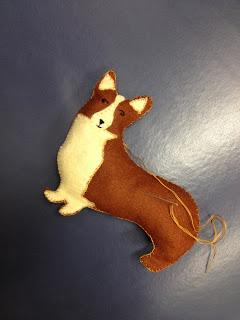This week I had the pleasure of spending a day at Vange Primary School in Basildon to work with a group of 18 talented pupils from year 1 to year 6. Our mission was to complete a large canvas portrait of the Queen Elizabeth II using acrylic paint, felt material, tissue paper and anything else that came to mind.
Using ideas from my previous jubilee blogs - the ideology behind the piece was for the children to incorporate the style of four different artists to build up a portrait of Queen Elizabeth II:
Van Gogh, Mondrian, Lichtenstein and Klimt
The children explored brush strokes, layering paint, mark making, use of colour, collage and how to interpret other artists work.
In previous workshops I have had to tackle how to keep a small group of children engaged at one time whilst working on the same piece of artwork. To produce a piece of work that the children can be proud of it is often better to work with a small group at one time. For this project I decided to use two canvases that would provide the opportunity for the painting to be split with two groups working on one piece at a time.
 |
| Outline drawing of the Queen ready for painting |
 |
| The first group of children start to put a Mondrian twist on the lower half of the portrait, painting bold blocks of primary colours |
 |
| The next artist's style we add to the portrait is the pop art styling of Roy Lichtenstein using dots, strips and bold flat colour |
 |
| The children decide to paint the Queens jewel in the royal red, white and blue |
 |
| Half way through the painting |
 |
| Van Goghs' swirls and impressionist brush strokes were chosen to portray the Queens hair |
 |
| Whilst waiting for the paint to dry the children made jubilee rosette out of felt material. These were glued using pva glue around the frame |
 |
| The finished product, a portrait of the Queen referencing 4 different artists with very different styles. |
















































